Excerpts from the book All Our Lives: A Centennial History of Michael Reese Hospital and Medical Center, 1881-1981, Sarah Gordon, ed.
The first nurses were hired through ads placed in local publications. In 1890, Michael Reese Hospital decided to open a school of nursing, and trained its first cohort of nurses. In the first year, 15 trainees were accepted. In 1892, a separate building for 40 nurses was erected on the west side of Groveland Avenue at 29th Street. In 1895, schooling was extended to three years, and didactic lectures, given by the medical staff, were added to the curriculum.
From the start, the hospital implemented a training program of young physicians. Initially limited, one to two medical school graduates were accepted. Their training took the form of a preceptorship. In a few years, the annual intern class grew to five or more. Though many left after one year, others remained for two to three years of training. Several of these trainees joined the medical staff upon graduation. Later medical students also came from the Rush Medical College to train.
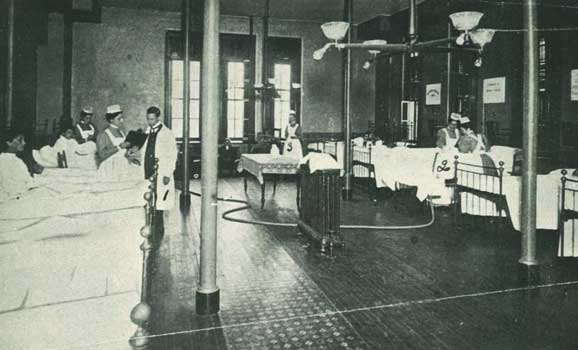
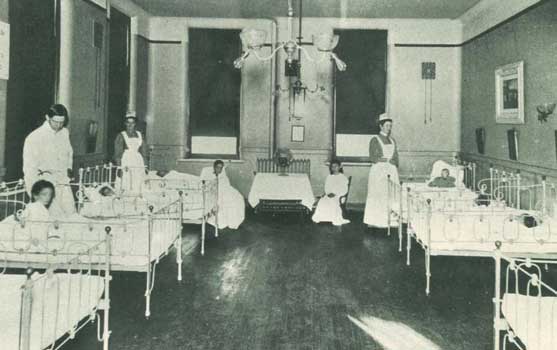
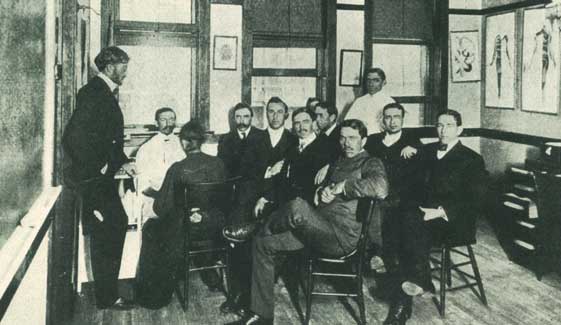

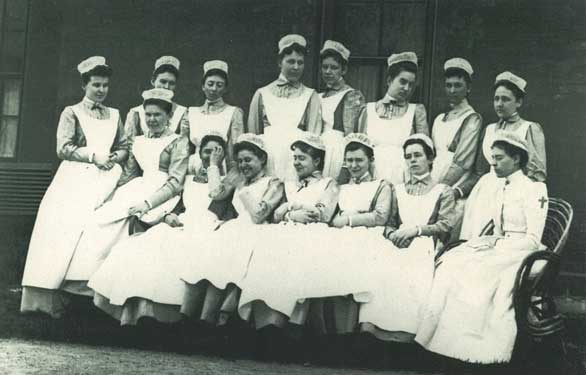
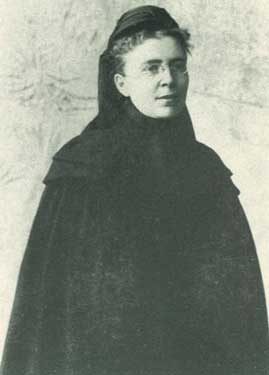
These nurses appear to be in a state of posed relaxation
in the living room of the Training School. The pillow to the
right appears to raise a biological question, “Is a daddy
always necessary?” (Reform Advocate)
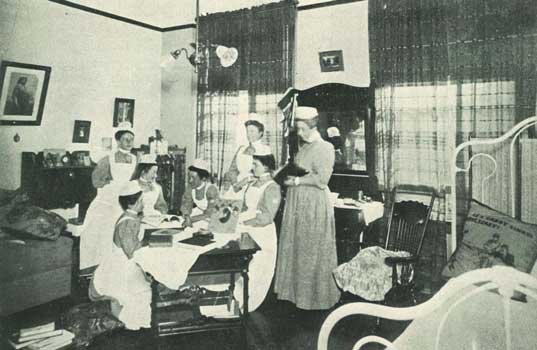
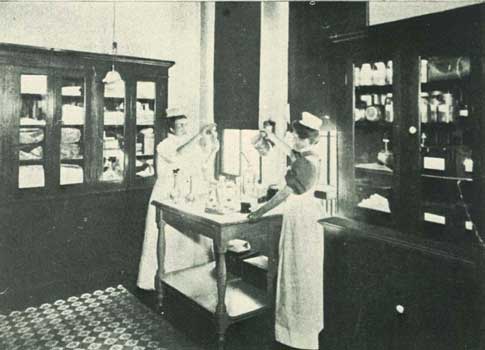
Two nurses at work in the sterilizing room of the hospital.
(Reform Advocate)
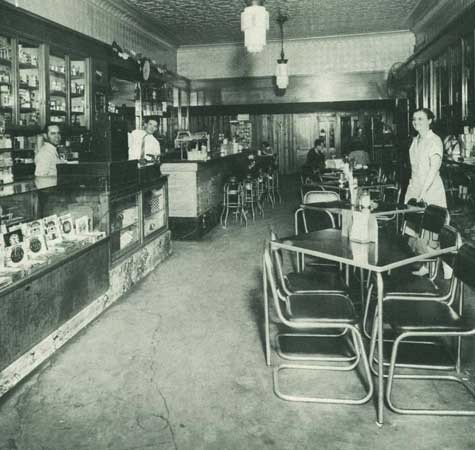
Dr. Milton Eisenstein recalled some of the other sources of entertainment in the old neighborhood: “We had some very fine places . . . like the Keeley Brewery. Michael Reese interns had privileges there, and many of the group took advantage of the treat. . . . There were several other spots for entertainment where one would take a date. Angie’s was a saloon on the northwest corner of 29th Street and Cottage Grove Avenue, and Ferring’s Drugstore on the opposite corner. In the center of the block was a delicatessen shop—Millman’s—dirty, filthy, but the food seemed good.” (Sam Harrison)
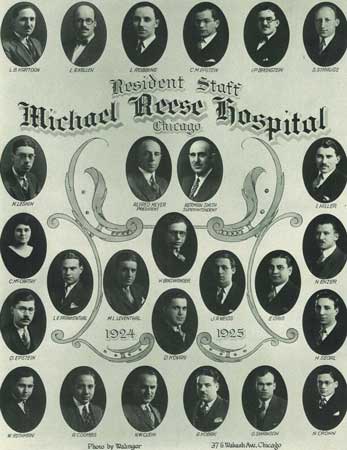
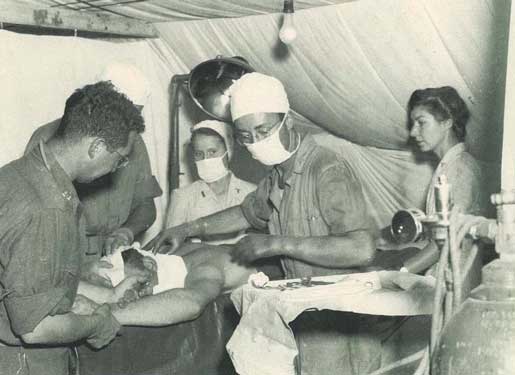
Operating cubicles were devised after the first two weeks of fighting. When the
fighting abated and the numbers of wounded diminished, the doctors attended
to the medical needs of the local Italian population. New techniques made it
possible for the first time to take X-rays in the field and to give transfusions.
(Mrs. Manuel E. Lichtenstein)
Nurses at work in the “utility room” of the Evacuation Unit.
For the first two weeks the unit functioned without nurses.
They had been left on board ship in Salerno Bay for safety reasons,
but in fact they experienced far worse bombing attacks than the encampment.
(Mrs. Manuel E. Lichtenstein)
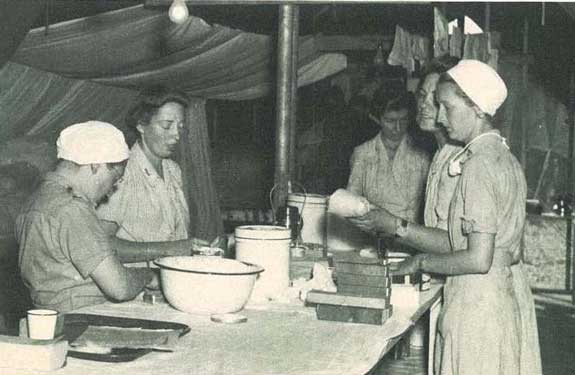
Related articles
Michael Reese Hospital – Beginnings
Michael Reese Hospital – Neighborhood and patients
Michael Reese Hospital – Physicians
Michael Reese Hospital – Pediatrics
Michael Reese Archive: comments from our readers

Leave a Reply